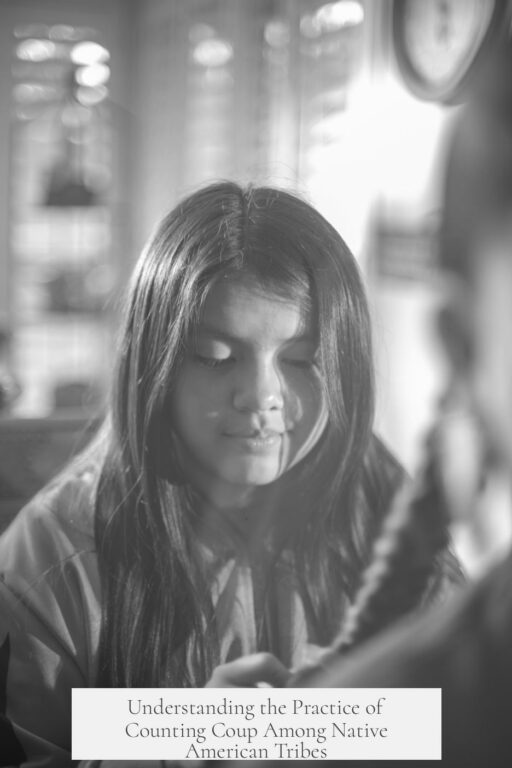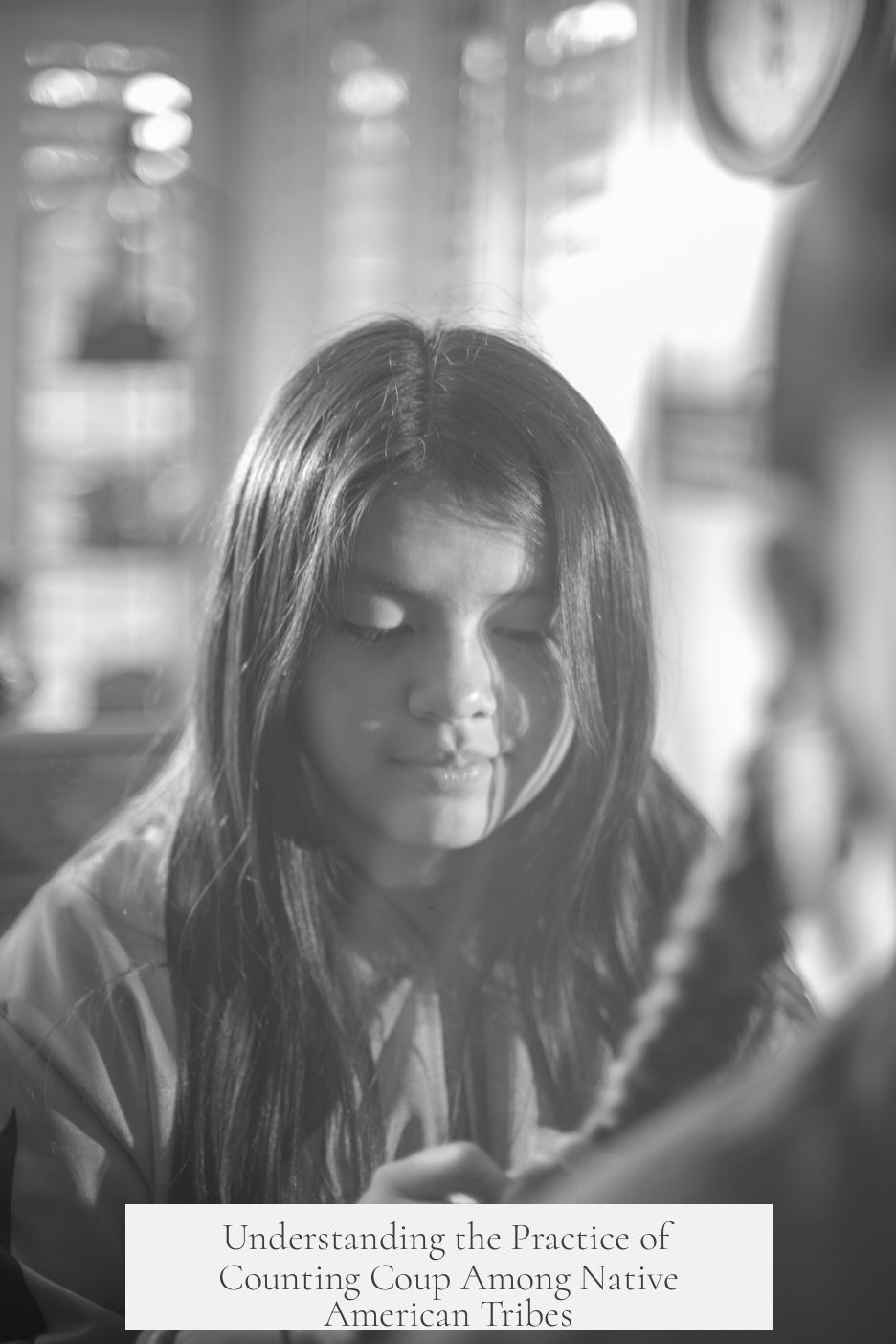Yes, Native Americans did really “count coup” on their enemies. This practice was a significant cultural and martial tradition for several tribes, especially among the Plains Indians. Counting coup involved acts of bravery where a warrior demonstrated skill and courage by touching an enemy and escaping unharmed. It served to gain prestige and honor rather than to kill or injure.
Counting coup was a way for warriors to prove their bravery and skill without necessarily inflicting harm. A key element of counting coup was touching an enemy during combat or other confrontations and then retreating safely. This act showed that the warrior was daring enough to approach closely and confident in their abilities to avoid injury.
While touching the enemy was the primary form of counting coup, other acts could also count. These included striking a blow on an enemy, stealing a weapon directly from an opponent, damaging the enemy’s defensive structures, or stealing horses. However, killing or scalping was generally not considered counting coup because such acts lacked the personal bravery associated with close, skillful encounters without lethal intent.
Not all Native tribes practiced counting coup, but it was prominent among tribes of the Great Plains. Tribes such as the Sioux and Cree are often cited, but many others also observed this custom with variations depending on their specific cultural traditions.
The practice of counting coup was not typically carried out amid the chaos of full battle, where survival and defeating the enemy were the main concerns. Instead, warriors looked for moments when the enemy was vulnerable—such as during a retreat—to make their daring attacks. This timing was crucial because it reduced the risk to the warrior while still allowing them to demonstrate valor.
Warriors kept track of their coups using physical objects like a decorated staff or stick. These staffs often bore eagle feathers or notches representing each act of bravery. Some warriors painted or marked special shirts to commemorate their coups, making these items symbols of honor within their communities.
Famous historical examples highlight the enduring nature of this tradition. Chief Joe Medicine Crow, the last Plains Indian war chief, officially counted coup during World War II. His actions included the bravest form of coup—touching an enemy without harming them—to maintain this important cultural heritage in a modern context.
A common misconception suggests that counting coup could end hostilities between warriors or tribes. This is inaccurate. Counting coup was a personal honor and did not guarantee peace or prevent future violence. Warriors could count coup against an enemy and later face lethal combat against the same individual or group.
| Aspect | Details |
|---|---|
| Purpose | Show bravery, gain prestige without killing |
| Key Action | Touch enemy and escape unharmed |
| Other Acts Counting as Coup | Blow landed, stealing weapons or horses, damaging defenses |
| Physical Markers | Staffs with feathers or notches, marked shirts |
| Tribes Practicing It | Predominantly Plains Indians (Sioux, Cree, others) |
| Timing | Often during enemy retreat, not amidst full battle |
| Modern Example | Chief Joe Medicine Crow in WWII |
- Counting coup is a real, historically verified practice mainly among Plains tribes.
- It emphasizes courage, skill, and non-lethal interaction with enemies.
- Warriors used physical markers to record their coups.
- Killing was generally not counted as coup due to its lower risk compared to close encounters.
- The act did not prevent future conflicts or guarantee safety.
- Modern warriors have maintained this tradition symbolically.
Did Native Americans Really “Count Coup” on Their Enemies?
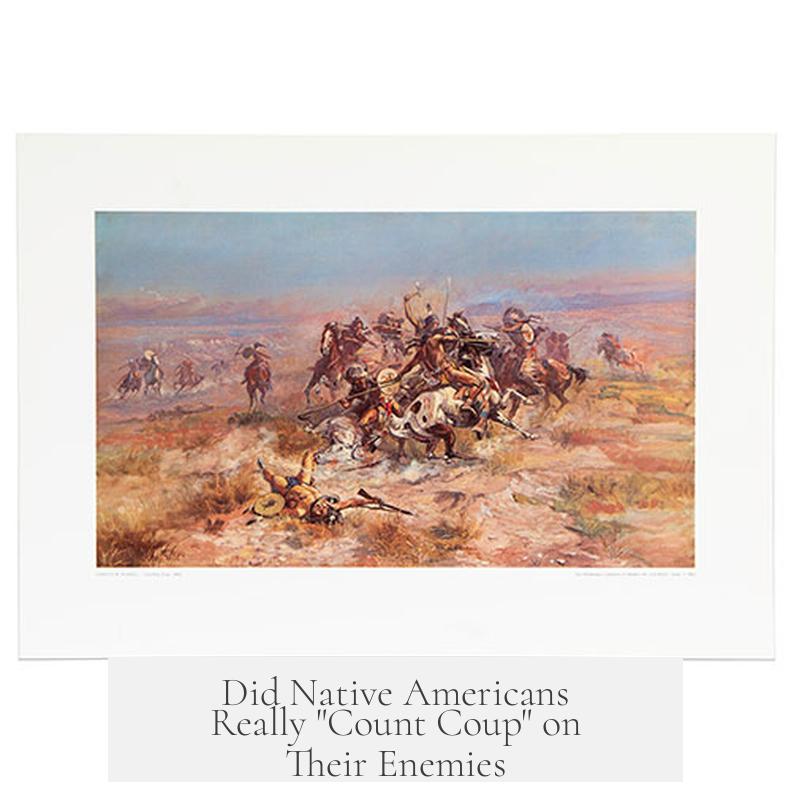
Yes, Native Americans really did “count coup” on their enemies. This intriguing practice, primarily from the Plains Indian tribes, showcased acts of bravery that went beyond simply defeating foes. But it wasn’t just a mere tap-and-run stunt; it symbolized honor, skill, and daring. Let’s unpack this fascinating custom together.
“Counting coup” might sound like something out of a wild western tale. Yet, it is a real tradition, with rich cultural meaning. Although many associate it just with the Sioux or Cree, it was practiced by a variety of tribes, especially those from the Plains.
The Nature of Counting Coup
At its core, counting coup involved a warrior touching an enemy—sometimes even their weapon or horse—and escaping unharmed. Sounds simple? Well, it was anything but. Imagine being in the heat of battle, closing the distance on a clearly hostile opponent, patting them or snagging their horse, and then zooming away without a scratch. Not your everyday walk in the park.
This act was not only a display of courage but also a demonstration of exceptional skill. Warriors who counted coup gained immense prestige from their community. Think of it as a fearless, live-action “I got you” showing guts without relying solely on brute force. In fact, it was often more admired than killing the enemy because it demanded close contact without lethal intent, a bold and calculated risk.
But counting coup wasn’t limited to just touching an enemy. A warrior could earn honors for several acts: striking an enemy, stealing a weapon while the foe was live, damaging enemy defensive positions, or even stealing horses. Interestingly though, killing or scalping rarely counted as “coup” since it often occurred in the chaos of battle or from safer distances and lacked that close-quarters bravery that coup demanded.
Keeping Track—The “Count” in Counting Coup
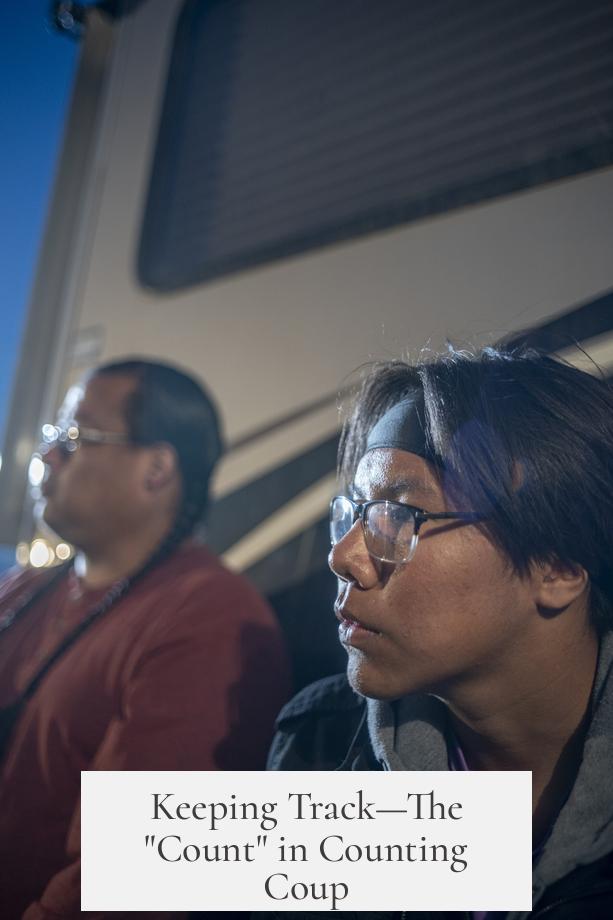
Now, how did a warrior remember all these acts of daring? They didn’t just boast loudly at the next tribal gathering (though stories were definitely shared). Instead, physical symbols represented each counted coup.
Most commonly, a decorated staff or stick was used, earning the name “coup stick.” Each act of bravery was marked by adding treacherous notches or affixing eagle feathers onto it. Some warriors even marked special shirts with symbols denoting their brave encounters. These tangible emblems served as visual proof of a warrior’s prestige and heroic tales.
Looking at such a coup stick, a person could read its decorations like a biography of gallantry. Examples from museums today display striking staffs covered in notches and feathers, each representing moments when the warrior had risked life and limb, only to walk away victorious without bloodshed.
Context Matters—When and Why Counting Coup Happened
Counting coup was risky business and wasn’t something warriors attempted in the middle of chaotic battle lines. Battles required strategies that prioritized survival and group success first. Instead, warriors looked for moments when the enemy was vulnerable—maybe during a retreat or after the main fighting died down.
These moments allowed a lone warrior the chance to slip in, touch an enemy, or steal a prized horse without the immediate threat of dying. Notably, there were exceptions. For example, during the 1866 Fetterman Massacre, White Bull counted coup by killing the first enemy—showing that sometimes the lines between coup and combat blurred based on circumstance.
Modern Echoes of an Ancient Tradition
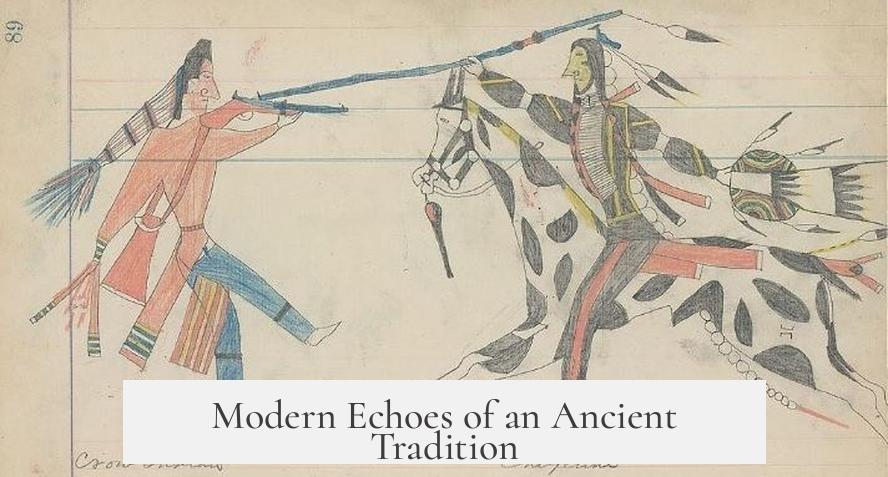
Counting coup isn’t just a dusty old custom lost in history books. The last war chief of the Plains Indians, Chief Joe Medicine Crow, famously upheld this tradition during World War II. While engaged in battles overseas, he counted coup with acts that reflected the bravery of his ancestors. His story proves the resilience and living nature of this custom.
Clearing Up Myths—Did Counting Coup End Conflicts?
One common myth suggests that once a warrior counted coup on an enemy, they’d stop fighting and respect their bravery forevermore. Not true. Touching an enemy didn’t create peace or guarantee the enemy wouldn’t strike back or even later get killed by the same warrior.
Counting coup was a mark of honor for moments of courage—not a formal truce. The fight for survival continued, regardless of whose coup tally was highest.
Why Does Counting Coup Still Matter to Us?
Does understanding counting coup change how we view acts of bravery today? It highlights that courage isn’t just about overpowering others but often about risk, skill, and honor under dangerous conditions. This tradition is a reminder—heroism comes in many forms.
Could modern-day equivalents exist? Perhaps sports or some daring acts echo the spirit of counting coup: challenging an opponent carefully, gaining respect without inflicting harm, and proving skill and nerve.
In summary: counting coup was a real and complex custom for many Native American tribes, primarily from the Plains. It involved acts of courage that went beyond lethal force, emphasizing honor and daring. From decorated coup sticks to tales told across generations, it remains a fascinating window into Native American culture and values.
So next time you hear the phrase “counting coup,” remember—it’s not just a fancy term but a tribute to bravery that’s been handed down for centuries.
